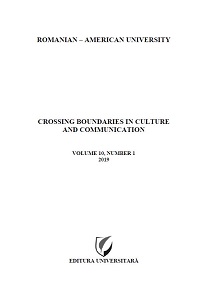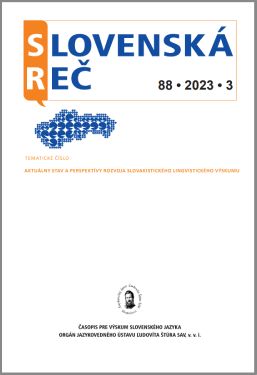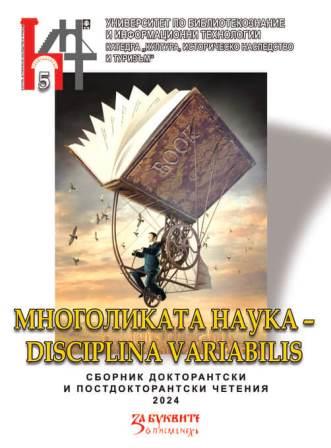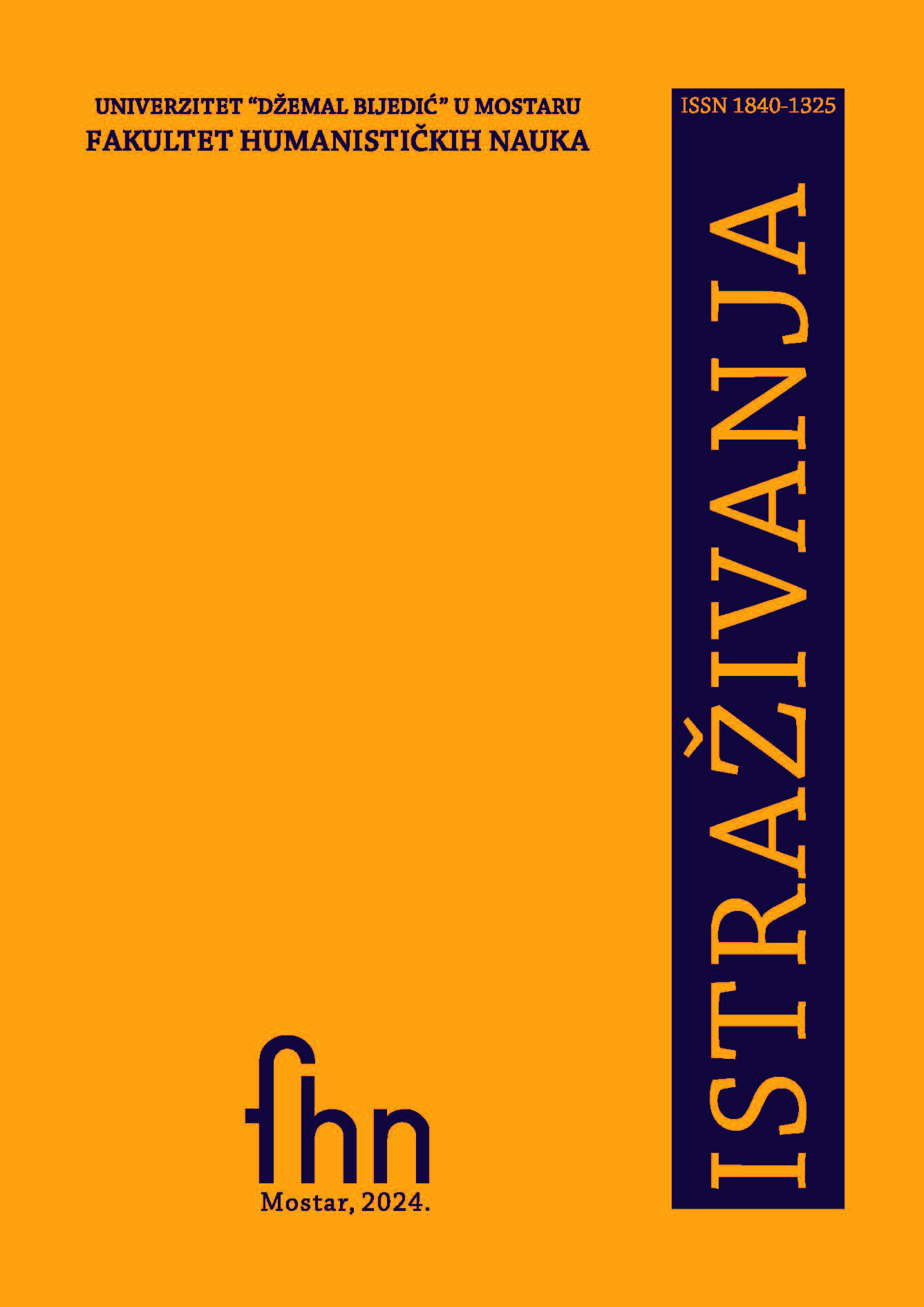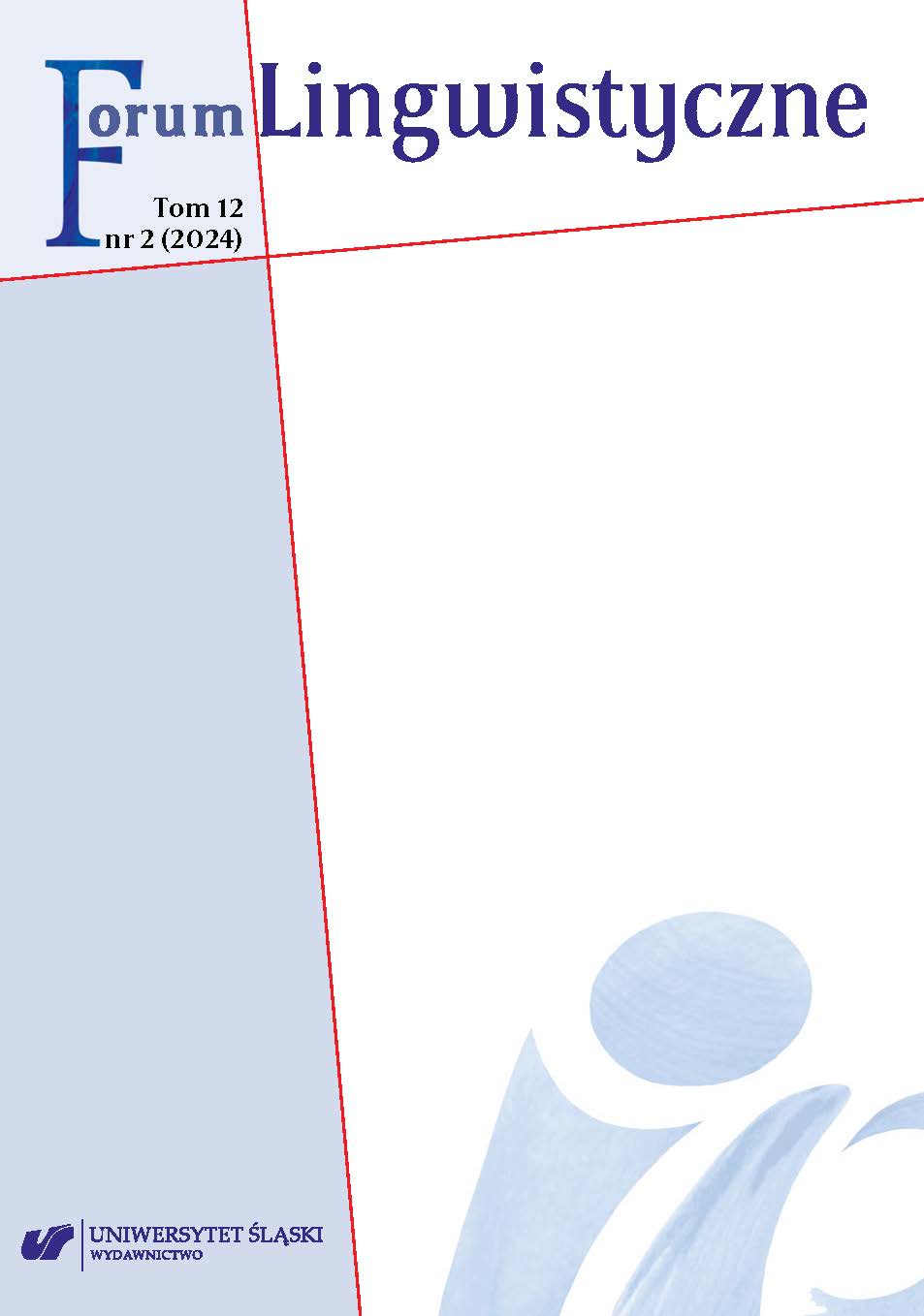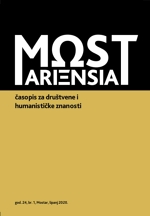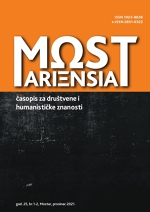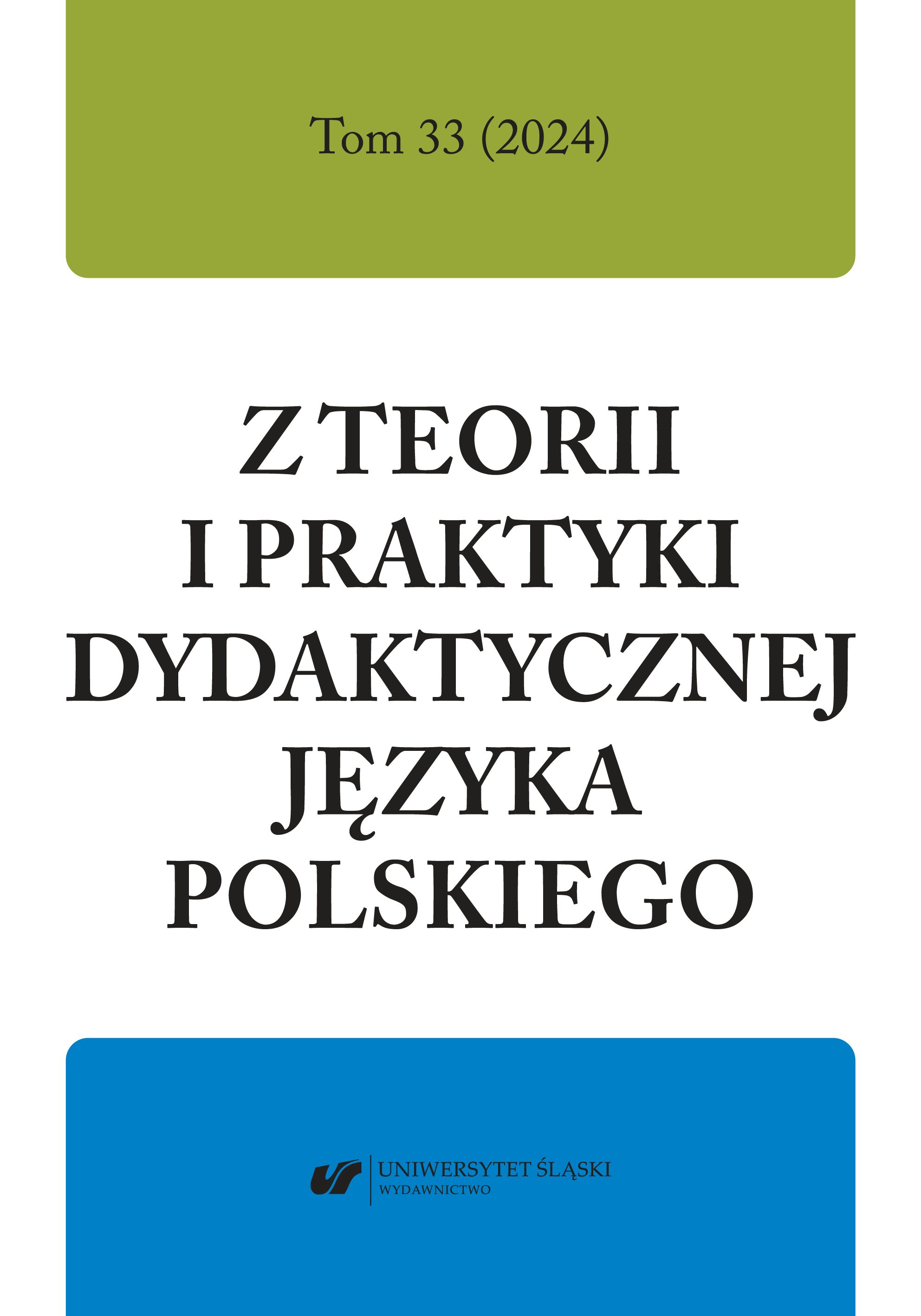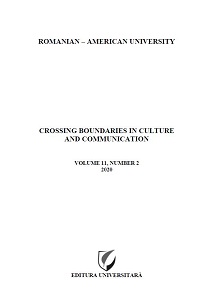
Problemi traduttivi a proposito di A Distant Shore di Caryl Phillips
The author has translated into Italian for the first time a significant passage of the seventh novel by contemporary British author, Caryl Phillips, “A Distant Shore”, and has analysed translationally and metalinguistically the problems concerning the transition from the source text to the target text. In particular, we have focused on the morphosyntactic level, on the pragmatic level and, above all, on the lexical level. The translation work and the analysis of the problems connected to it have allowed, on the one hand, to enter the author's writing laboratory and, on the other, to verify the consistency of translation theories in vogue. It has been noted that, in any case, the translator must also open his/her own laboratory in which to combine metatranslation knowledge, adherence to the source text and own creativity in problem solving.
More...
